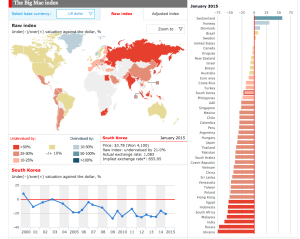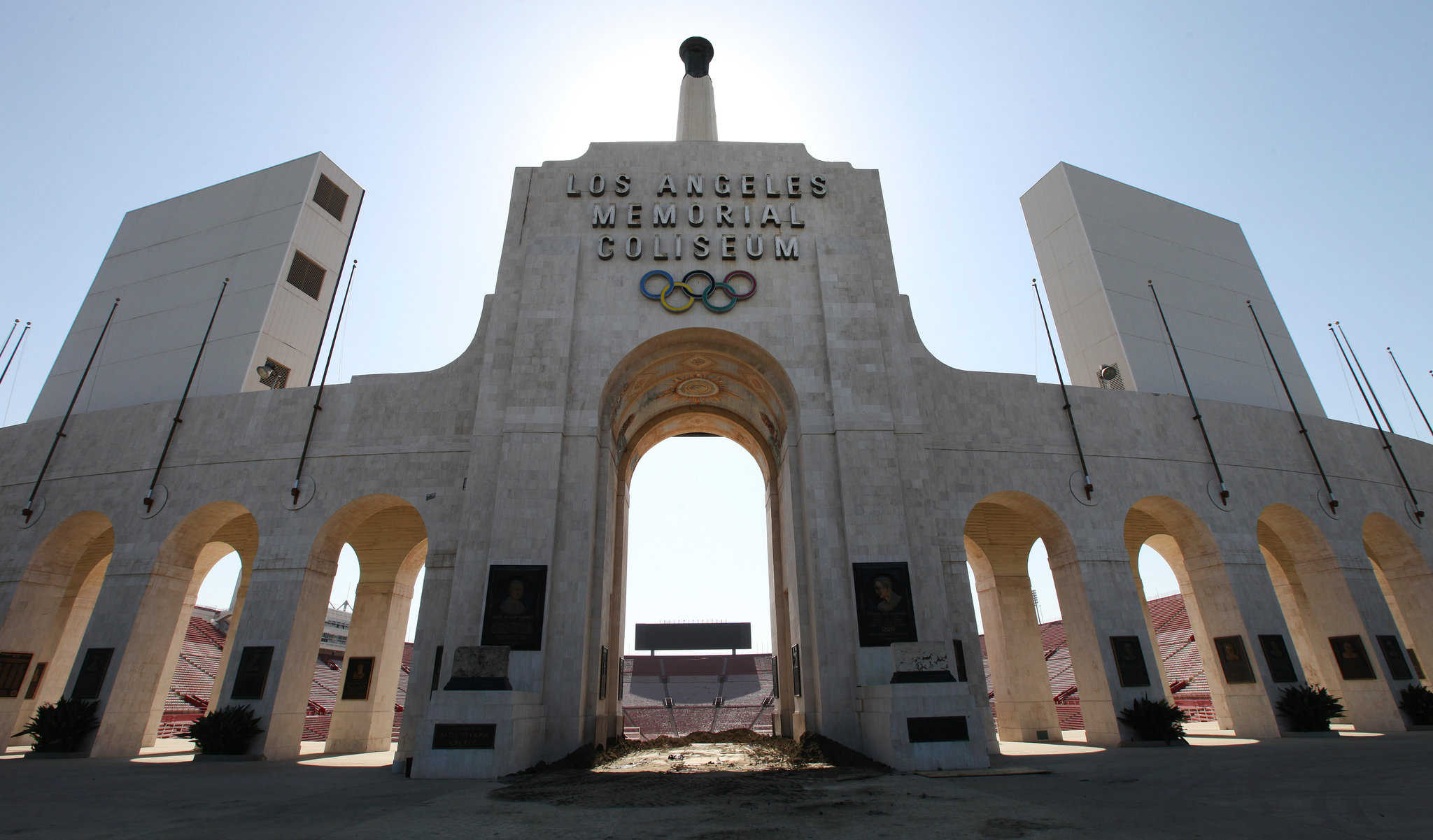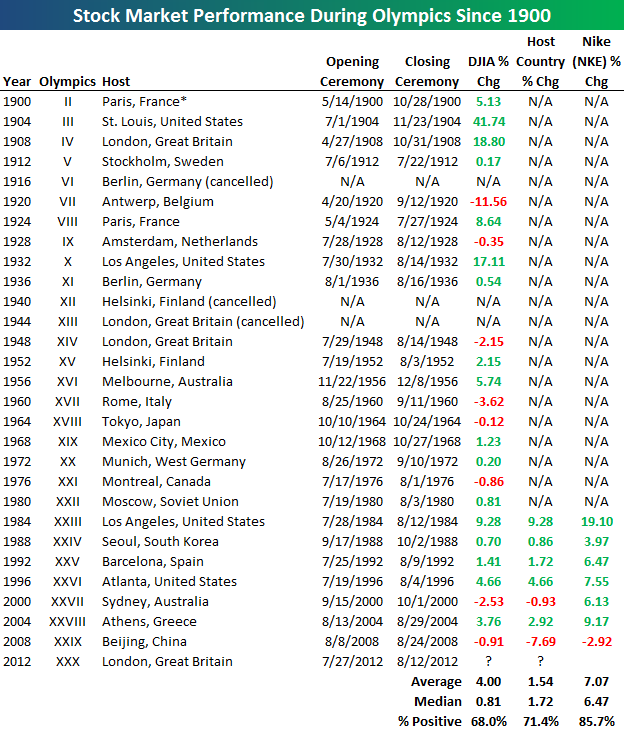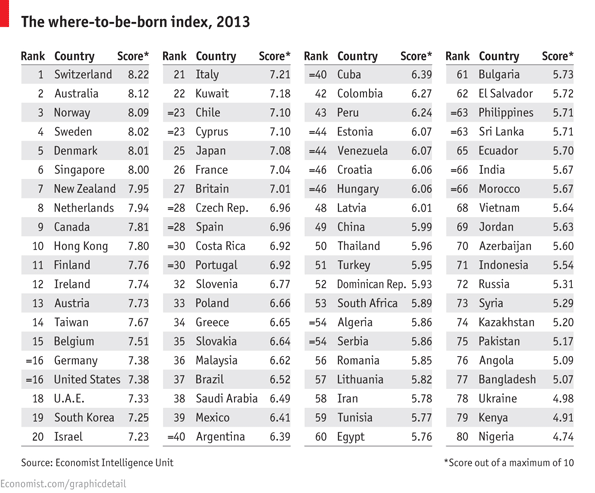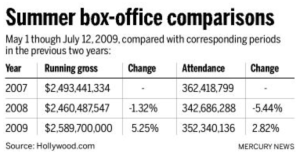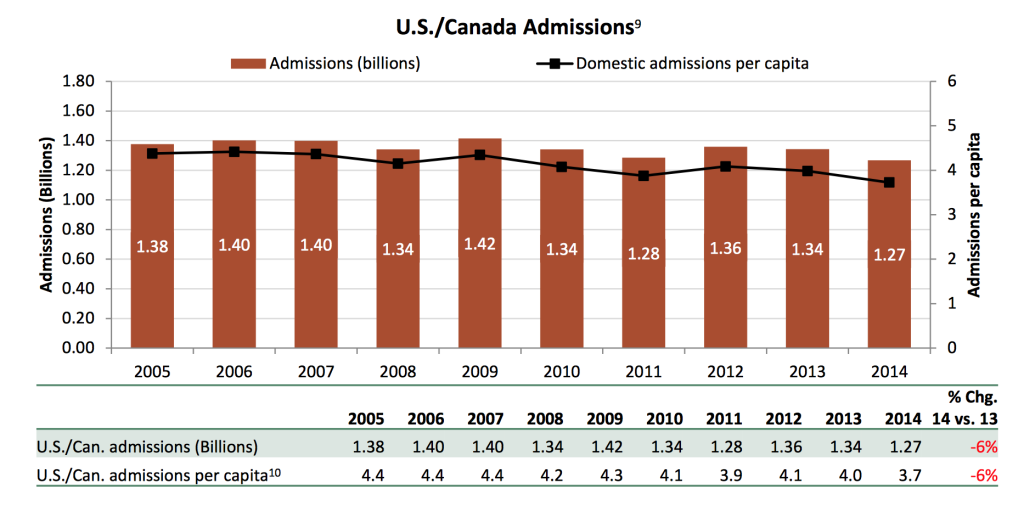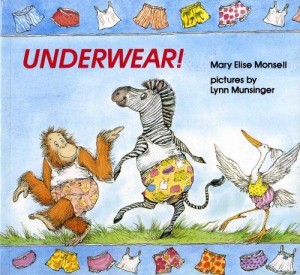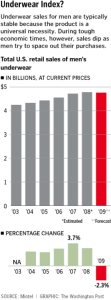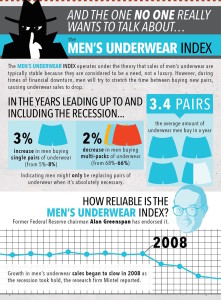The Medical Marijuana industry has been a controversy in the United States for years. It is a touchy subject that maybe an old man and his son would get in an argument about because of the interesting changes that have taken place through the generations. However, many are making an entrepreneurial leap of faith and creating Medical Marijuana as a business that thrives. This is the case for Nate Taylor who is a Seattle native and has spent the last five years in the industry with his Medical Marijuana Company called Fweedom Collective. Nate has done more than create Fweedom Collective as a well-known million dollar business in Seattle. Fweedom Collective has benefited consumers, the city of Seattle, and influenced the legal changes that are being processed today.
Three years ago recreational Marihuana was legalized in Washington State. Since then, the government has started to regulate the Medical Marijuana by joining it with Recreational Marijuana and push it all into one system. Before the law was passed, Medical Marihuana was only loosely regulated. Though this may seem beneficial for Nate’s business, it has definitely takin a toll on the company.
On Sunday, September 13th, I gave Nate a call. It was 12 P.M. and Nate answered to the sound of a football game, Seattle Seahawks vs. St. Lewis Rams, which was playing in the background. Nate is an avid Seahawk fan who attends the games frequently. The Seahawks were down by nine points, It was the third quarter, and when asked if the Seahawks would come back he said, “Oh, for sure!” While the game was still playing he was more than willing to answer the questions I had for him, with an occasional burst of excitement or dismay from the game.
Many economists are probably wondering: has the Medical Marihuana industry been impacted by cyclical or secular shifts? When Nate was asked this question he said that the answer was most likely secular. If the economy goes down, people don’t stop spending money on the product, it is a necessity to them. However, they may buy less of it at a time.
With the economy changing and new technology constantly being developed, businesses have to adapt. Nate said that over the last few years Fweedom Collective has had to make some beneficial changes. It increased its Search Engine Optimization, worked on improving and creating more online orders, and developed different apps that profit the company. The business also increased its hours of operation due to demand. Nate noticed early on that people get off work later and by creating longer hours improved sales. These changes helped Fweedom Collective stay on track with today’s basic needs for consumers.
Seattle is a booming city, and many businesses have either expanded or moved there for better opportunities. Some of these big local businesses are Amazon, Expedia, T-Mobile, and Microsoft. Nate mentioned as long as these companies are prosperous, steadily growing and no economic down turn, the city benefits, including his company. “As crazy as it sounds”, Nate said. “When professional teams in Seattle perform well, spending has increased at Fweedom Collective.” After the Seahawks won the Super bowl in 2014, sales dramatically went up at Fweedom Collective.
Of course being in the Medical Marihuana business is not easy, especially since it is loosely regulated. Mentioned earlier, Recreational Marihuana was legalized in 2012, though this might seem like it would benefit Fweedom Collective right away, it actually has presented many challenges. “My industry is at the end of an area, the probation of Marihuana, therefore making it a grey area,” Nate continued, “a lot of changes are being made.” Even though the law was passed over three years ago, the government is still in the process of making regulations for recreational Marihuana and should be resolved by 2016. With no heavy guidelines, many smaller recreational businesses have entered the market and have changed the prices of products. He elaborated on how he has seen products that were priced at $13 drop to $10. “We constantly have to change prices and adapt to the environment around as more businesses are evolved,” Nate said. He also believes many of these stores are in it for the money and only want to be open for a short period of time. In July of 2016 Recreational Marihuana should be fully regulated.
In some cases today, the economy does not look at Medical Marihuana as a legitimate business. Therefore interest rates or access to capital do not play a major role in Fweedom Collective, for consumers anyway. The company only takes cash or credit cards. Nate mentioned that he could get a loan through his business if necessary. However, what affects the company the most is business loans because banks and financial institutions will not grant them to a business like Fweedom Collective. Nate said its loans come from private investors. Most likely when regulations are officially submitted for Recreational Marihuana, banks will be more willing to loan money.
The most surprising news that can be learned from this interview is the impact Fweedom Collective has had on the community it operates in. Nate elaborated on the positive impact the company has on its small location north of Seattle. “With our business being there it has helped the neighborhood out a lot, cleaning it up, put illegal deals off the streets and into a legal business, and crime rates have dropped.” Nate also mentioned his business has brought money to an area that was demolished and made it more commercialized.
After eight years, Nate Taylor and two of his coworkers, Sky Nielsen and Tyler Godfrey, took an idea and brought it to life. Now at 28, Nate is a successful business owner who is looking to expand in other areas. Though his business is succeeding, the Seahawks are not. They lost 31-34 to the Rams.


